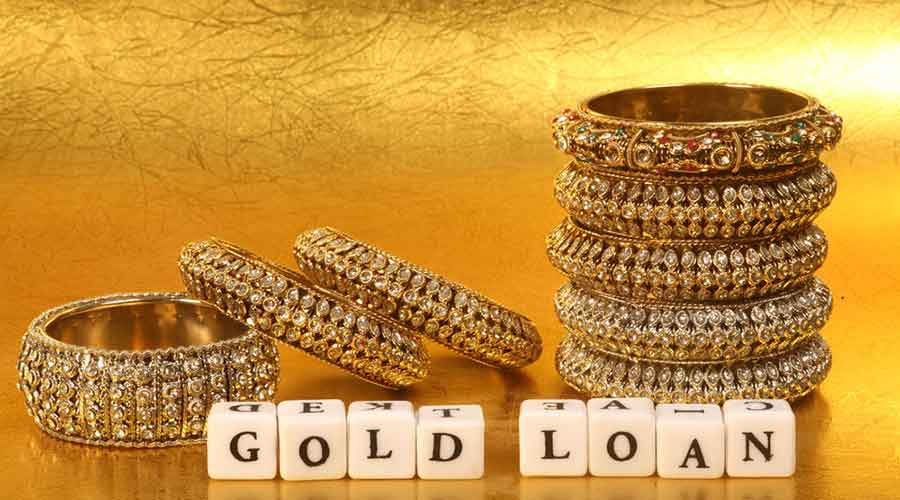The Reserve Bank of India’s decision to raise the loan-to-value ratio on gold loans has sparked concerns about a higher credit risk for banks.
The RBI on Thursday raised the permissible loan-to-value (LTV) ratio for gold loans for non-agricultural purposes to 90 per cent from 75 per cent.
Gold prices have been rising but could moderate in the near future and an LTV of 90 per cent on the value could reduce the value of the collateral if the prices go down, analysts said. LTV is the proportion of the collateral gold, which can be financed by banks.
The pandemic and the ensuing lockdown have devastated the world economy, raising the lure of gold as a safe haven asset.
However, Brickworks Rating said the RBI move raises the credit risk as the collateral available in the form of gold ornaments or jewellery may not be sufficient to fully cover both the principal and interest components of the loan.
“Gold loans would result in a negative carry for banks as the total exposure will exceed the value of the pledged gold. It could adversely impact the recoverability and asset quality in the case of a weakening in the borrower credit risk profile or sharp decline in prices,” Brickworks director Vydianathan Ramaswamy said.
The risk for banks is for a limited period as the scheme is valid till the end of this fiscal year. Besides, the loans are usually over a short period of three months to two years.
“With gold prices close to their peak a higher LTV does pose additional risk, and lenders may choose to offer the higher LTV to shorter tenure loans and to customers who have a higher credit score,” V. Swaminathan, joint president — government business & gold loans, Kotak Mahindra Bank, said.
Gold prices fell to Rs 55,845 after hitting a record high of Rs 56,191 per ten gram in intra-day trade on Friday.











